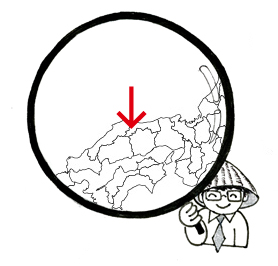- Viewpoints
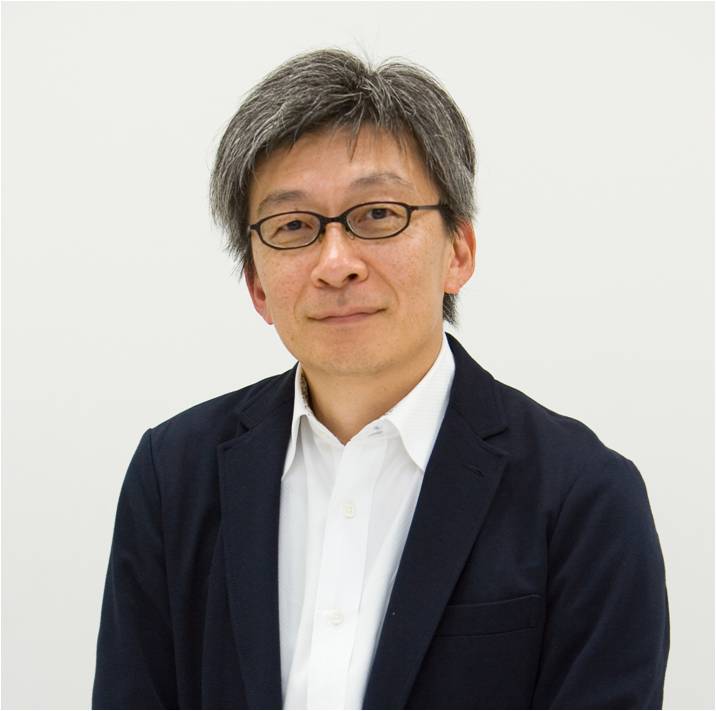
Sub leader, Hakuhodo Brand Design
Rural areas are truly hidden gems. Tangible resources lie dormant there, stored beyond the boundaries of big data.
A tiny mountain town of 3,300, the town of Hino flourished until a century ago as one of leaders in Japan’s tatara smelting industry. Tatara is an ancient Japanese technique for smelting iron and steel, known in Japanese as watetsu. Since medieval times, steel towns prospered immensely in Western Japan, particularly in the provinces of Hoki and Izumo, now part of the Chugoku region where Hino is located. It was this region that helped build the country, and the world, transforming natural resources into iron to make farming tools and “tamahagane” steel to craft Japanese swords. They made farm labor easier and more efficient, increased rice and vegetable yields, and expanded farmland across rough fields and steep hills.
Under the command of the master smelter, workers collected iron sand from the mountains, cut trees to make coal, and kept fires burning three days and three nights, with no sleep, for one purpose: to make steel. They tended fires that soared several meters high and danger shadowed the extreme labor of smelting, an intense procedure where the slightest change in heat could make or break the quality of the steel.
Put into contemporary terms, perhaps we could call a town like Hino a corporate castle town that sustained Japan through its steel production.
These smelting towns always had a shrine dedicated to the tatara gods who kept watch over the smelters and their work. Kamochi Shrine is one such shrine.
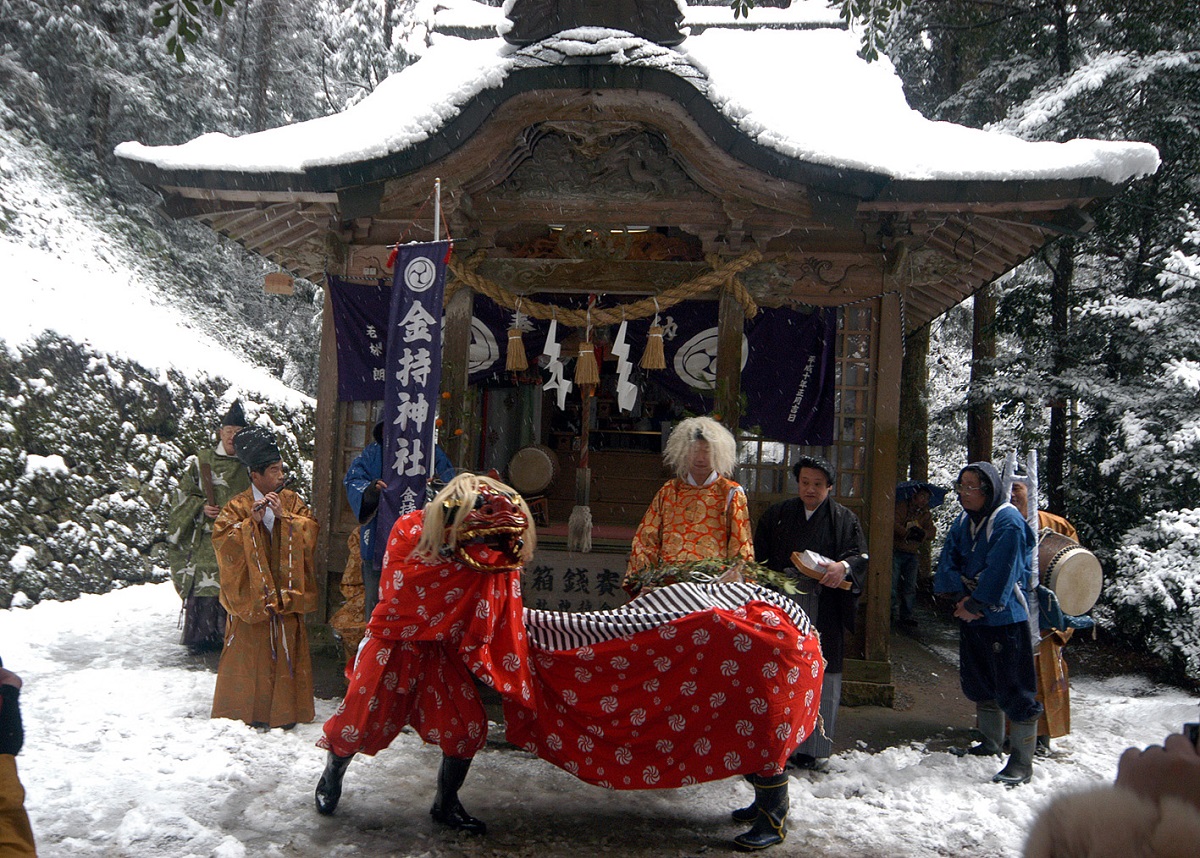 Kamochi Shrine (Hino, Tottori Prefecture)
Kamochi Shrine (Hino, Tottori Prefecture)Located in Hino, Kamochi Shrine is one of the few shrines in the country that worships Ame-no-tokotachi-no-mikoto, the god of governance, better fortune, and nation building.
It is pronounced “Kamochi Shrine”, not “Kanemochi (the rich) Shrine”. The characters for Kamochi Shrine translate to “The Rich Shrine” in English and would usually be read “Kanemochi Shrine” in Japanese.
Back in the day, people used to call iron kane, which today simply means ‘money.’
Around 10 years ago, a group of people slowly and thoughtfully began making Hino’s tangible resources more alluring to a wider audience.
For example, the Kamochi Shrine shop showcases a variety of unique souvenirs that bring better luck and fortune. To attain the luck and fortune exclusive to this shrine, people make a pilgrimage day after day from the nearby Chugoku and Kansai regions.
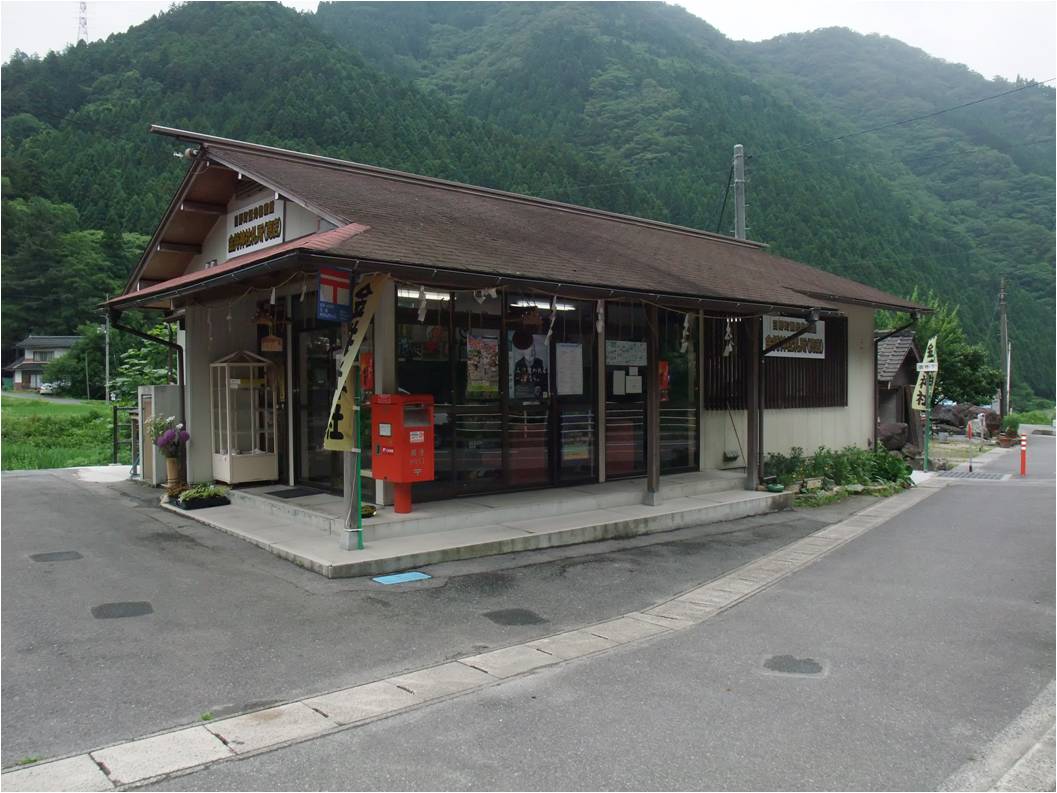 Kamochi Shrine Shop (Hino, Tottori Prefecture)
Kamochi Shrine Shop (Hino, Tottori Prefecture)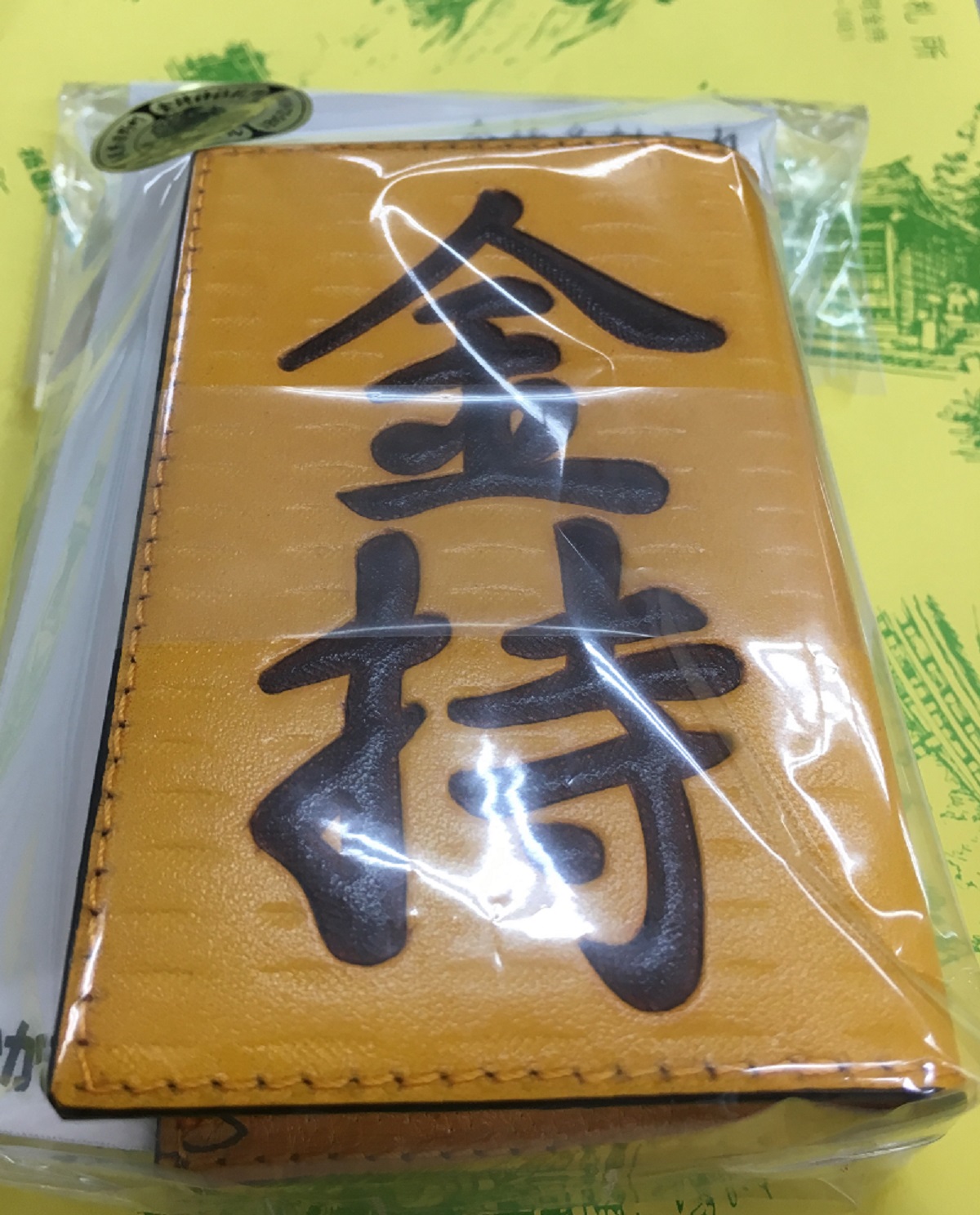 Kamochi Shrine : business card holder
Kamochi Shrine : business card holderThis is one of the souvenirs sold at the shop–a Kamochi Shrine business card holder. When I exchange business cards with someone, I wish for their prosperity and the prosperity of their organization/company.
The Kamochi card holder surprises everyone who sees it. One of my colleagues even went so far as to call me a greedy money grubber (haha), but I like how the design mimics of old Japanese gold coins.
Visitors to Kamochi Shrine number almost 300,000 per year. The shrine is attracting a hundred times more visitors than the town’s own residents. I want to carefully consider the way forward so that this town, which lacks a promising industry at the moment, can again thrive in the future. Together with the warm people of Hino, Kamochi Shrine leads the way in refining the town’s uniquely abundant resources into something more precious than steel or money.
Time is money.
Wishing all of my readers good luck and fortune, I’m closing the very first of Nippon Tokotoko series from Kamochi Shrine in Hino, Tottori Prefecture.
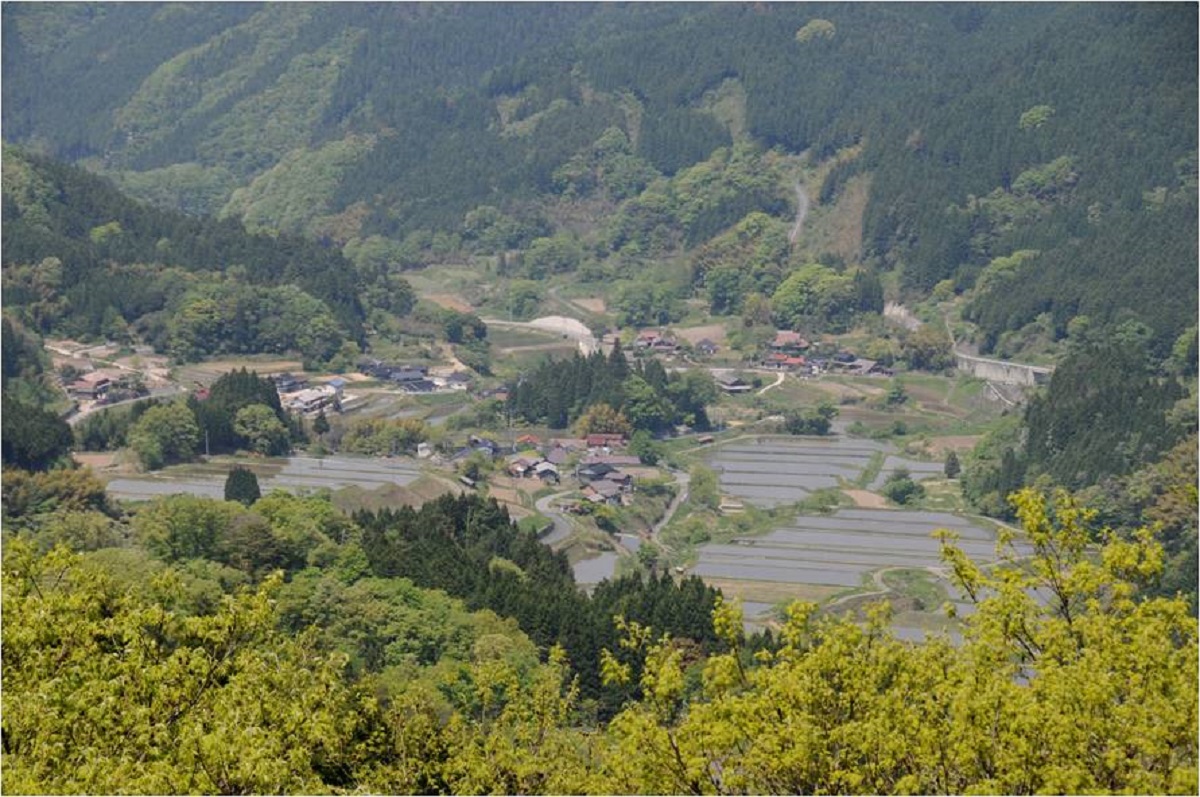 Hino, Tottori Prefecture
Hino, Tottori Prefecture
